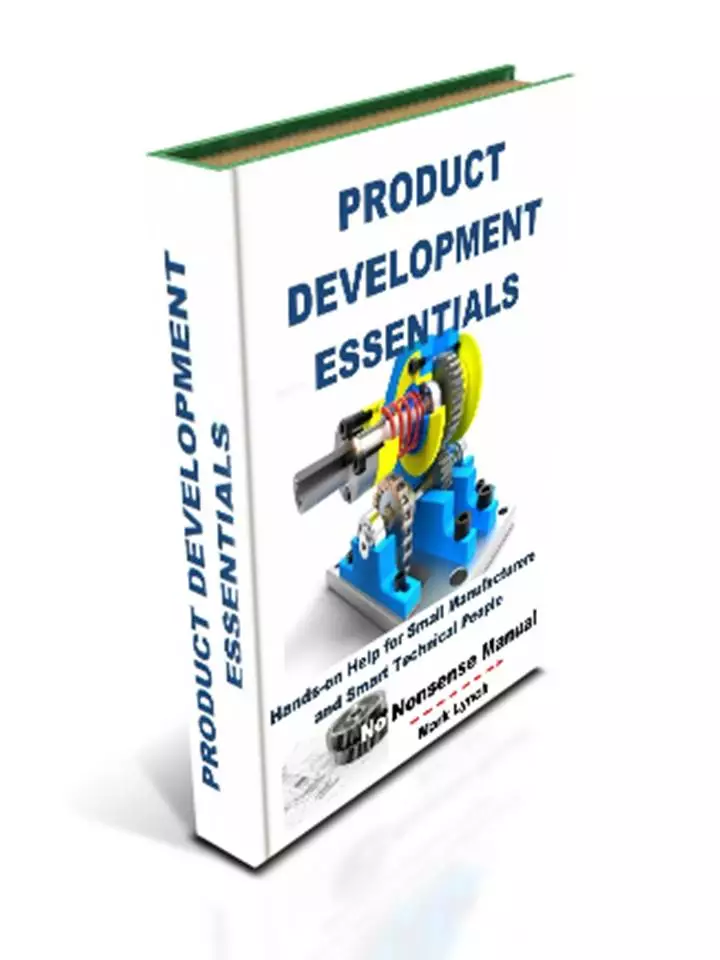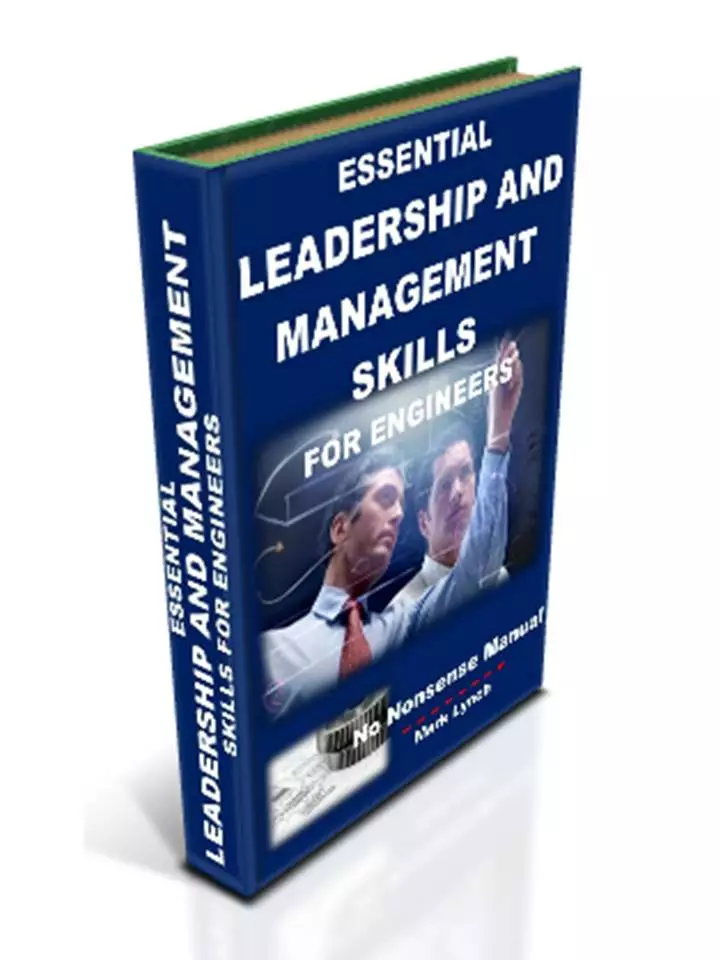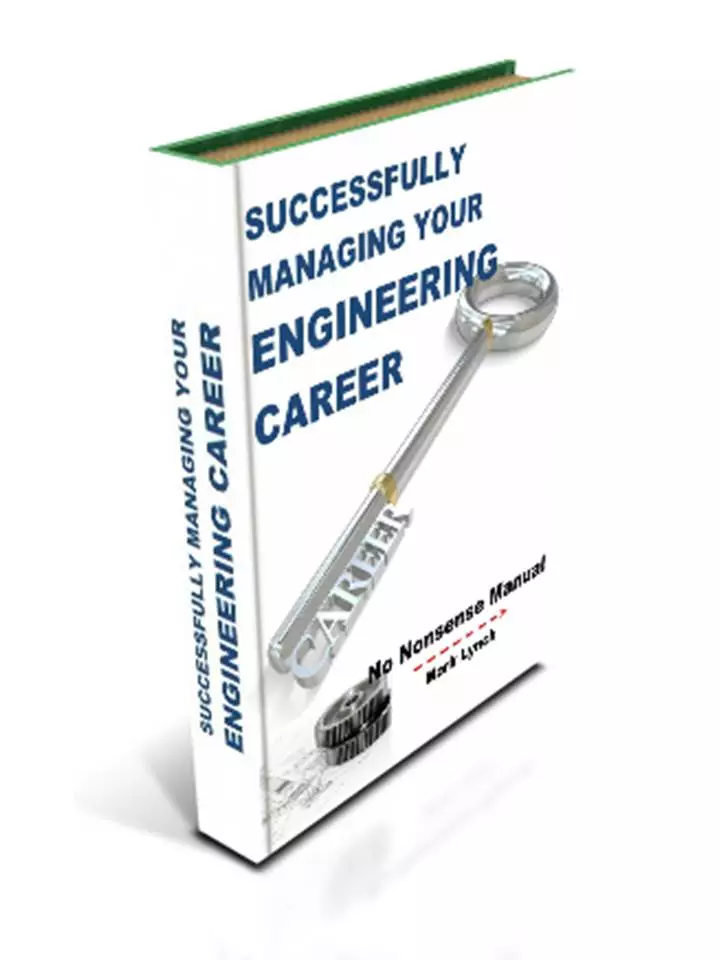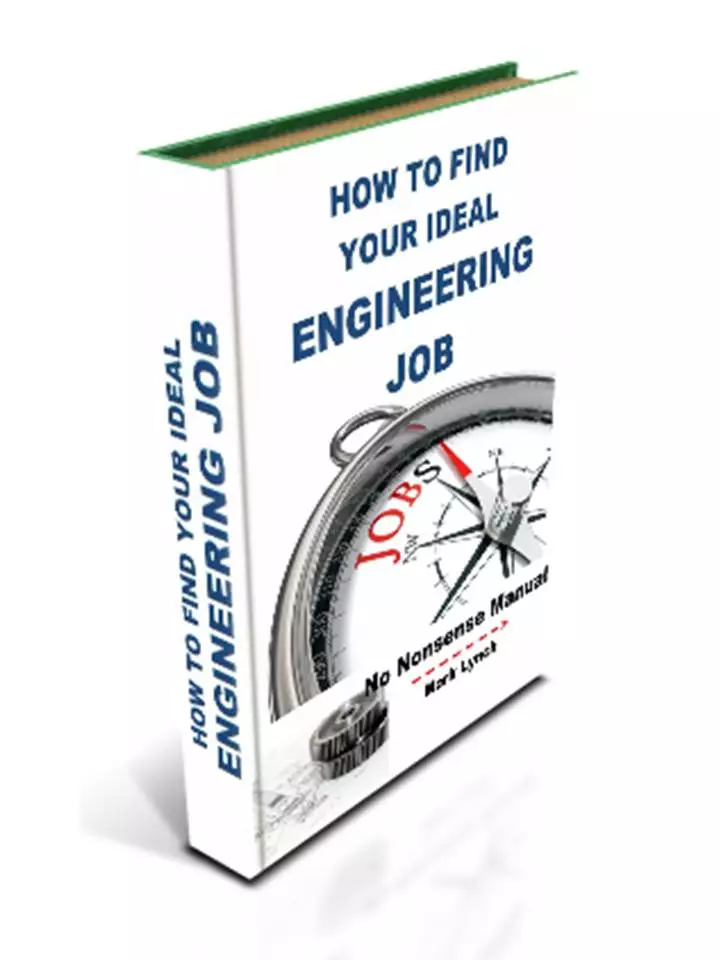'Hands-on Help for SMEs' and Smart Technical People'
Project Management for Engineers: The Art of Getting Things Done!
Essential Leadership and Management for Engineers
Project Management for Engineers: Intro...
Project management is clearly a useful skill for an engineer or technician. For technical people, activities are commonly undertaken as part of a project. Understanding project management is to understand how your part contributes to the whole, and so obtain the benefits offered by a structured way of working.
Project Management for engineers however, is a broad subject involving many related themes. This section attempts to highlight the key considerations an engineer should be aware of. It is a great refresher for anyone in the role of project manager. In addition best practice is listed to improve what you do or for those aspiring to manage projects in the future.
Key Project Management for Engineers' considerations covered below include:
- Project Management – The Basics
- Starting the Project
- Project Initiation and Planning
- Executing the Project – Getting on with it!
- Procedures and Processes
- The Importance of Tailoring Paperwork to the Size of the Project
- So You want to be a Project Manager?
Project Management for Engineers – The Basics
What is a Project? Well a number of definitions exist. However, most experts agree a project typically includes the following:
- Each project is unique, with a specific aim, rather than being business as usual.
- Projects have a start point and a defined end point.
- Projects deliver something specific with tangible benefits. They are about introducing change.
- Projects use resources such as money, time, labour and materials
Projects involve going through a number of stages, covered in more detail in the remainder of this section. Broadly speaking, someone, some team or organisation will commission the project. It will then pass through the initiation and planning stage before being undertaken. During this time, the project should be controlled and reviewed. Finally the project enters the completion stage. Reviews should be undertaken between these stages, as the project progresses.
Project Management proposes a structured way of working which offers distinct benefits. Some of these include:
- A systematic efficient way of working making the best use of the resources available, therefore costing less and taking less time.
- A structured step-by-step plan to achieving a given task.
- Project aims are clearly understood by those involved, reassuring all stakeholders including senior managers.
- Project tasks can be efficiently allocated to those best positioned to undertake them, making best use of the available resources.
- Better quality through clear instructions, directions, risk considerations and improved communications.
Project Management for Engineers
Next... Starting the Project: Project Initiation, Planning, Objectives, Scope and Costs
Back to Essentials Leadership and Management Skills
For you, what are the qualities of a Great Engineering Leader?
Have you come across highly effective engineering managers and inspirational leaders? Are you one?!
Describe the qualities you think set the best apart from the rest. What practical tips and styles get the best results?
Share your story...and receive a FREE copy of our report 'Helping Your Manufacturing Business Thrive'...PS: Feel free to name-drop your firm! There's nothing wrong with a bit of free publicity!











